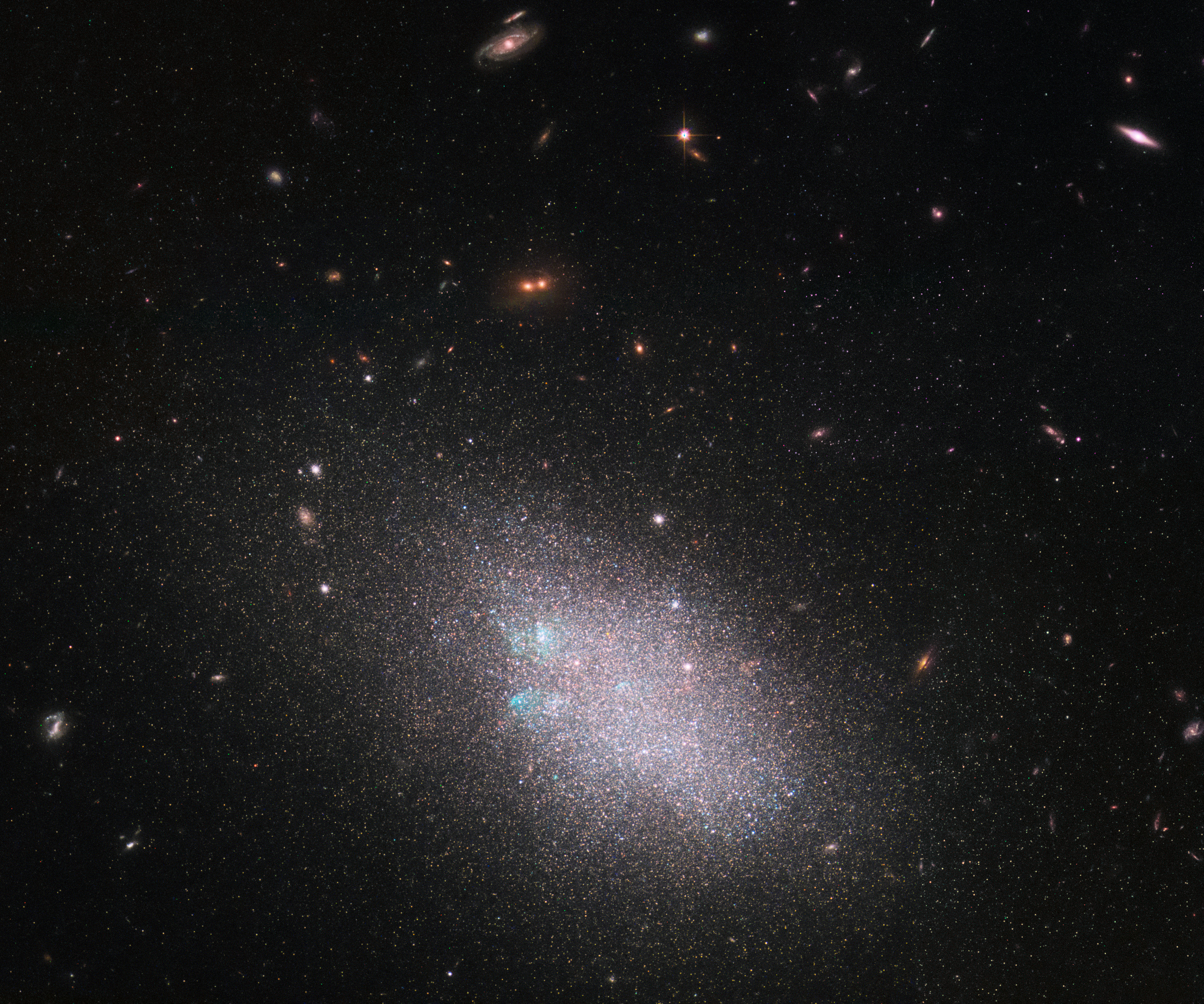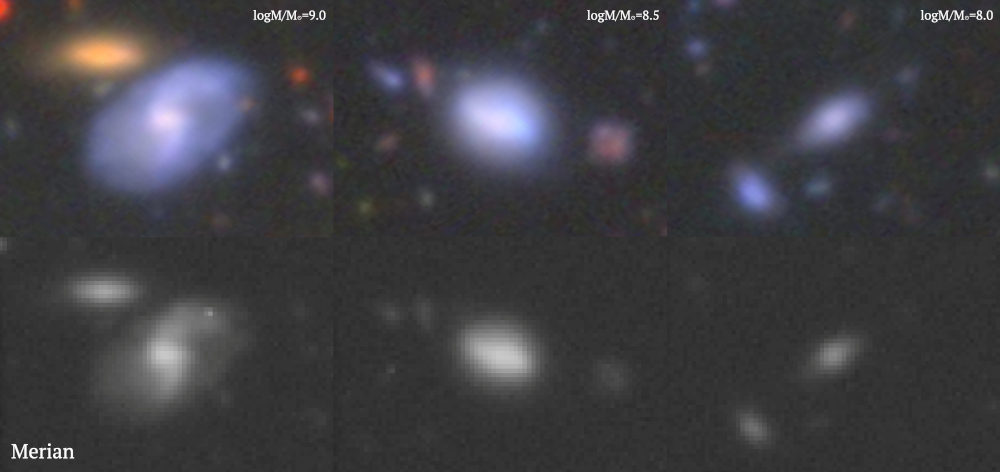Dwarves and dark matter
Starting small can sometimes help tackle a big question, like the nature of dark matter. That’s the hope of Assistant Professor Alexie Leauthaud, whose research features dwarf galaxies, the most common—but also most elusive—galaxies in the Universe. Cosmologists refer to these relatively tiny collections of stars (e.g., one billion versus our Milky Way’s 200–400 billion) as “laboratories for dark matter,” Leauthaud said, because they contain copious amounts of the mysterious substance.


With Princeton’s Jenny Greene, Leauthaud co-leads the Merian Survey, an international research collaboration that in March 2021 began using the Blanco Telescope in Chile to map and assess 100,000 dwarf galaxies. Captured through custom-made filters, the discovery of so many dwarf galaxies will enable the astronomers to use a technique called gravitational lensing to measure—for the first time—the amount of dark matter they contain. While light normally travels in a straight line, gravitational forces warp its path. Measuring this warp with gravitational lensing infers the mass of a galaxy: the bigger the deviation, the bigger the mass and how much dark matter is present, Leauthaud said.

Given the massive amount of data the survey will collect, Leauthaud anticipates “exciting science,” including about the extent, distribution, and nature of dark matter and how it varies between galaxies. “We’re pushing into new territory,” she said.
*— *

